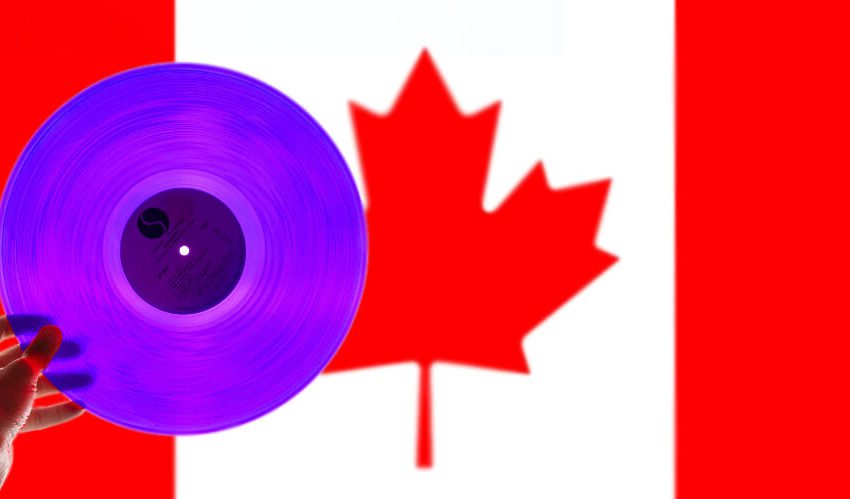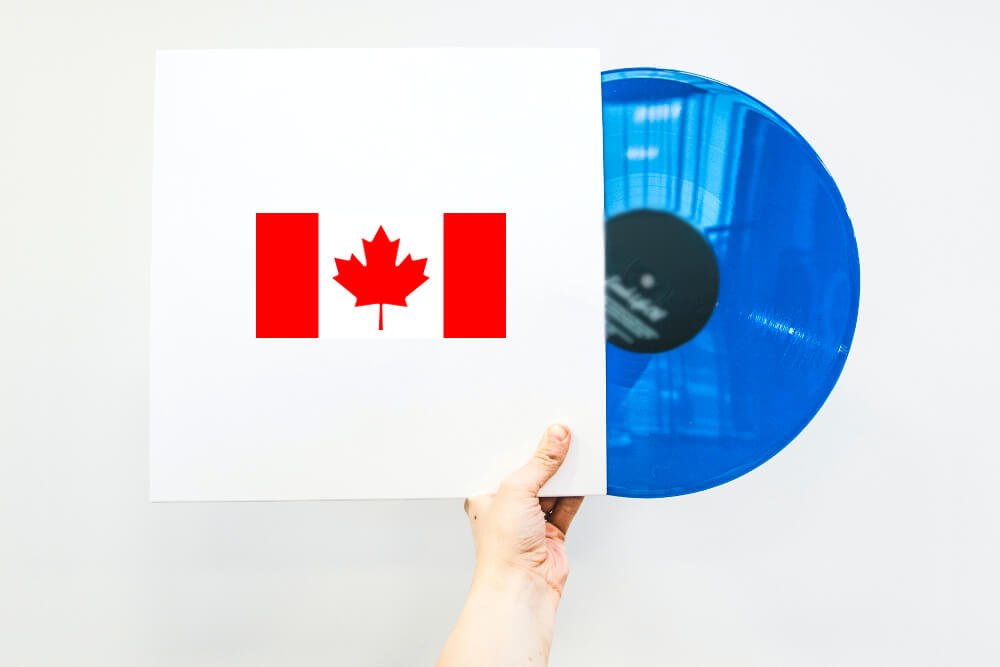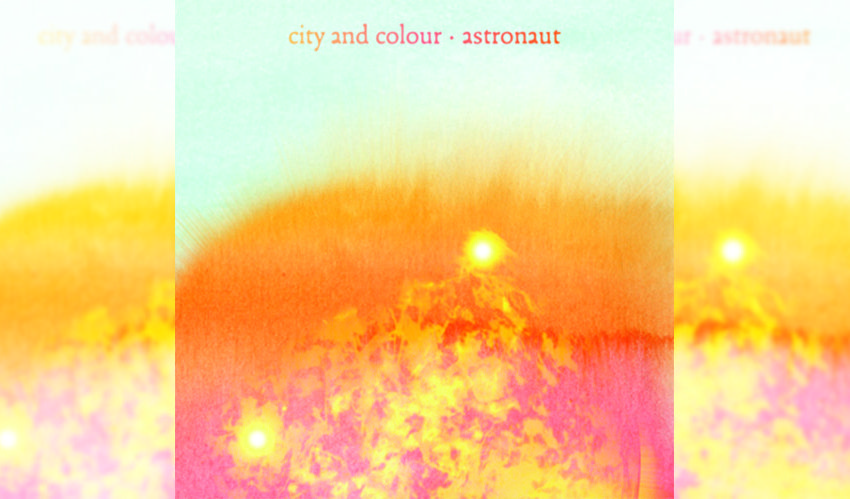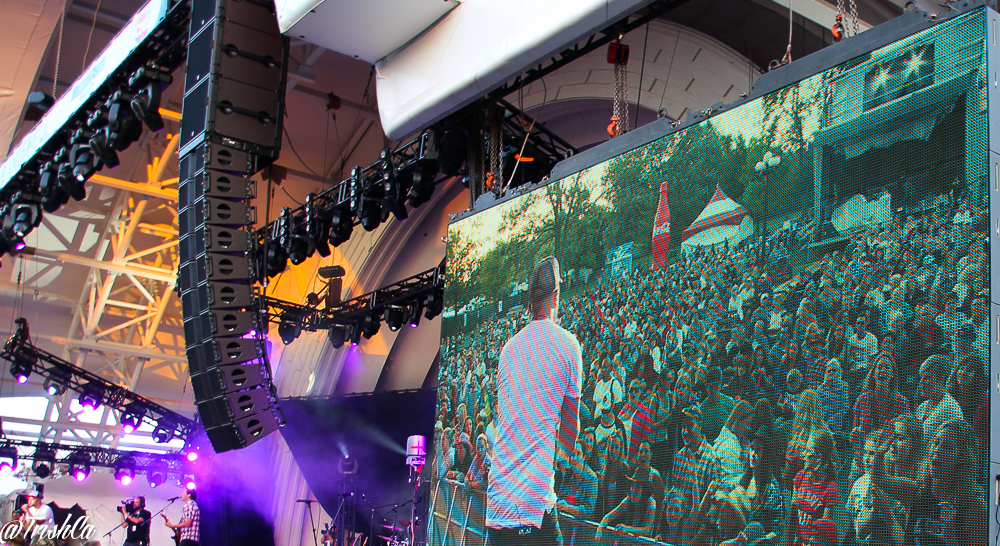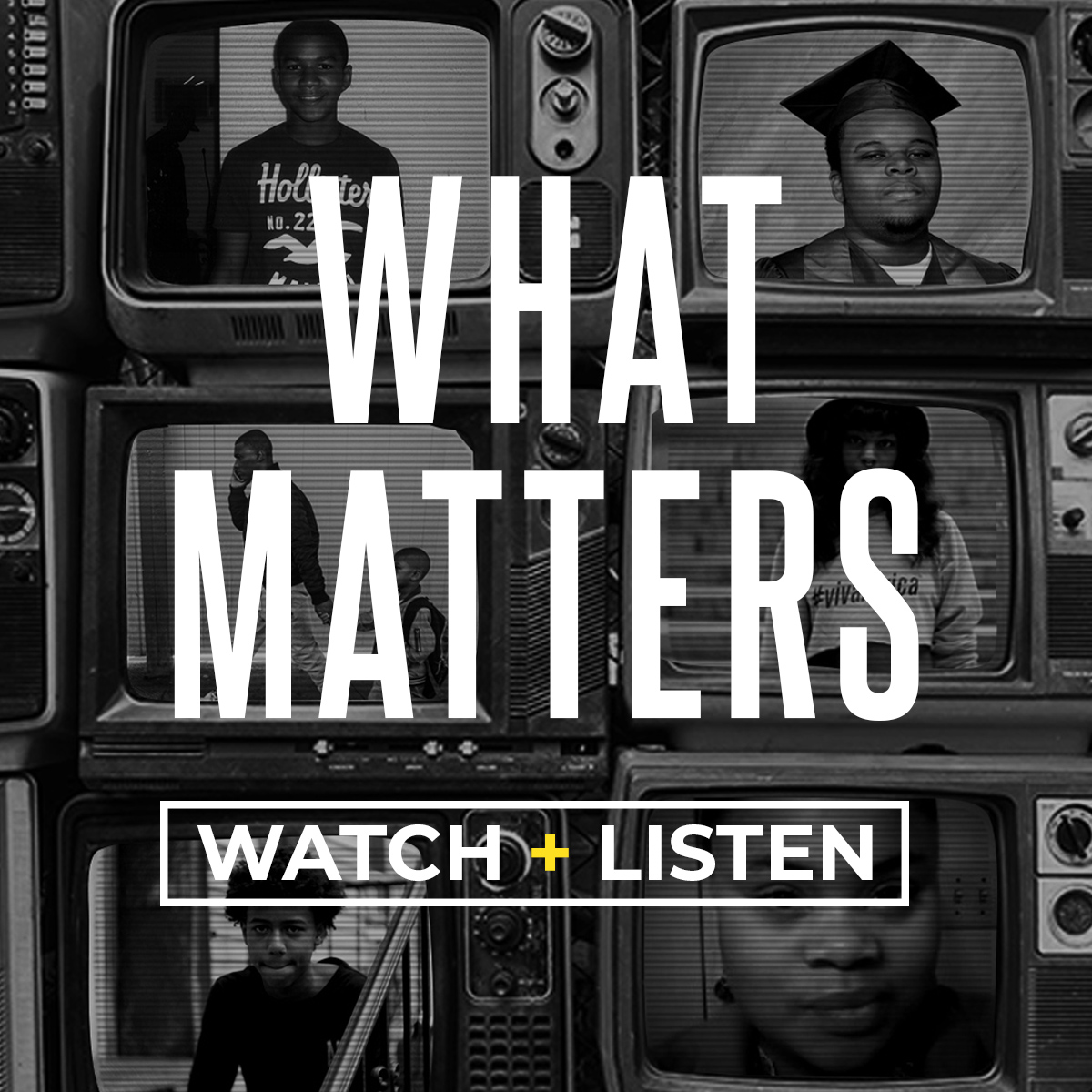What Styles Of Music Are Popular In Canada?
A community’s musicians convey the heart of their culture through their stories and sounds. In Canada, music is an essential part of daily life and the backbone of spiritual, cultural, and kinship beliefs.
But just like Canada’s rich and diverse landscapes, comparable to the most accessible free slot games in the world, is its complex linguistic tapestry.
With around 60 distinct inborn languages spoken, Indigenous music is also incredibly diverse. While traditional instruments like drums, flutes, rattles, and vocals feature highly in traditional music, there is a wide spectrum of distinct musical traditions and repertoire. Songs can be created by a person or received in a vision or dream, and can be passed down from one generation to the next; many traditional songs sung today are the same melodies which have persisted in Indigenous communities for thousands of years. In recent years, new genres have emerged that combine contemporary musical styles like pop, rock, country, and hip-hop. Additionally, some Indigenous artists choose to introduce their community’s traditional musical stylings with contemporary language, issues techniques, and instruments.
Music of Canada: Basics
All that aside, what genres of music are being created in Canada? Take it with a grain of salt as what sounds like a feather to one may sound like a rock to another. At what point does pop become R&B or dance? Where is the line drawn between punk and metal? It’s all very subjective. But we do see a bit of a pattern emerging which shows that when it comes to making music, Canadian artists’ primary two genres of choice are folk/singer-songwriter and alternative. Alternative is distinct from rock and pop. It can be more electronic or more experimental (or both).
Songwriter-singer is in fact folk, but folk we think of as a more traditional style of songwriter-singer. Interestingly dance LPs are scarcely made in Canada. However, dance EPs and singles are more common. Pop songs usually get remixed with stronger beats more suitable for club play. The “other” category includes children’s, OST/musical, and reggae.
Canada’s Music Identity
Canadian musicians looked toward European musicians for influence and inspiration – it wasn’t until the 20th century when Canadian musicians really began influencing other Canadian musicians. Where Canada really started to develop its musical identity was in the popular music realm, in the form of dance music, patriotic music, and simple songs for singing.
Last decade, the world paid more attention to Canada’s music scene than it did, well, ever. Thanks to the likes of Drake and The Weeknd, the country gained a rep for being a leading cultural hotbed, with exports more diverse than rootsy folk singers and goateed grunt-rock bands.
Finally, outsiders—and even insiders—started looking at Canada and saying, “Hey, maybe there’s more to Canada than we thought.”
Conclusion
What’s more, since the world is watching, these artists are wasting no time making noise. Some of the ones mentioned in this article already have Grammy nods; some have already gone platinum. So what do they all have in common? They’re all still on the come-up, and all still have the potential to go supernova this decade.
What Styles Of Music Are Popular In Canada?
By thereviewsarein
A community’s musicians convey the heart of their culture through their stories and sounds. In Canada, music is an essential part of daily life and the backbone of spiritual, cultural, and kinship beliefs.
But just like Canada’s rich and diverse landscapes, comparable to the most accessible free slot games in the world, is its complex linguistic tapestry.
With around 60 distinct inborn languages spoken, Indigenous music is also incredibly diverse. While traditional instruments like drums, flutes, rattles, and vocals feature highly in traditional music, there is a wide spectrum of distinct musical traditions and repertoire. Songs can be created by a person or received in a vision or dream, and can be passed down from one generation to the next; many traditional songs sung today are the same melodies which have persisted in Indigenous communities for thousands of years. In recent years, new genres have emerged that combine contemporary musical styles like pop, rock, country, and hip-hop. Additionally, some Indigenous artists choose to introduce their community’s traditional musical stylings with contemporary language, issues techniques, and instruments.
Music of Canada: Basics
All that aside, what genres of music are being created in Canada? Take it with a grain of salt as what sounds like a feather to one may sound like a rock to another. At what point does pop become R&B or dance? Where is the line drawn between punk and metal? It’s all very subjective. But we do see a bit of a pattern emerging which shows that when it comes to making music, Canadian artists’ primary two genres of choice are folk/singer-songwriter and alternative. Alternative is distinct from rock and pop. It can be more electronic or more experimental (or both).
Songwriter-singer is in fact folk, but folk we think of as a more traditional style of songwriter-singer. Interestingly dance LPs are scarcely made in Canada. However, dance EPs and singles are more common. Pop songs usually get remixed with stronger beats more suitable for club play. The “other” category includes children’s, OST/musical, and reggae.
Canada’s Music Identity
Canadian musicians looked toward European musicians for influence and inspiration – it wasn’t until the 20th century when Canadian musicians really began influencing other Canadian musicians. Where Canada really started to develop its musical identity was in the popular music realm, in the form of dance music, patriotic music, and simple songs for singing.
Last decade, the world paid more attention to Canada’s music scene than it did, well, ever. Thanks to the likes of Drake and The Weeknd, the country gained a rep for being a leading cultural hotbed, with exports more diverse than rootsy folk singers and goateed grunt-rock bands.
Finally, outsiders—and even insiders—started looking at Canada and saying, “Hey, maybe there’s more to Canada than we thought.”
Conclusion
What’s more, since the world is watching, these artists are wasting no time making noise. Some of the ones mentioned in this article already have Grammy nods; some have already gone platinum. So what do they all have in common? They’re all still on the come-up, and all still have the potential to go supernova this decade.
